|
Downsizing has become the new up-sizing and I couldn’t be more excited. It use to be people chose small homes strictly because of budgetary constraints. But in this fast past culture people are choosing to live in homes as small as 300 square feet not only for their ability to cut costs, but for their efficient uses of space, and simplified living. No doubt small homes become more efficient when customized by a designer with built in furniture or tailored interiors, creating that big impact. But, customizing your space to make life easier can also get expensive. So, here are a few of my tips to make the space you have feel larger without having to break the bank. 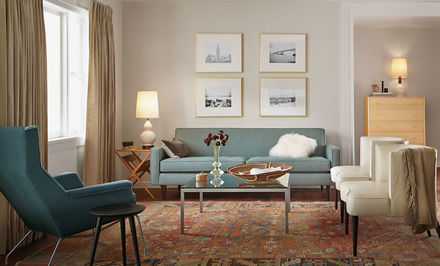 This Room and Board showroom illustrates my first 3 points. By selecting small-scale furniture that appears lightweight and reveals more floor space the room feels much larger. This Room and Board showroom illustrates my first 3 points. By selecting small-scale furniture that appears lightweight and reveals more floor space the room feels much larger. 1. Select small-scale furniture. Keep sofa and chair seat depths to 34” - 38”. Look for low profile sofas and chairs, ones with low backs and arms or arm-less. 2. Select lightweight appearing furniture. Choose small frame or glass furniture as well as furniture that are light in color thus appearing light in weight. If you are doing a bathroom renovation, choose glass shower doors over a shower curtain, which becomes a visual barrier likewise, you can replace wooden doors for glass panels doors. 3. Select furniture that reveals more floor space. Longer legs on furniture allow the floor line to continue, expanding the space visually letting your eyes take in every inch of space that exists. The Minuetto Table by Milano Smart Living starts out as a console table but quickly transforms into a large dining table big enough to seat 10 people. 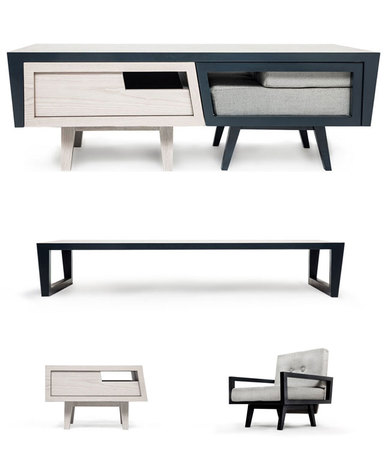 4. Buy multifunctional furniture. Purchase furniture that pulls double duty like a storage cube that can be used as a seat or coffee table that can expand for dining use. 5. Buy items that can be hung on the wall instead of placed on the floor. Keep floor space clean and clear of unnecessary items. Use walls for shelves instead of using tables. Use wall sconces instead of floor lamps. 6. Buy large mirrors to expand the space Strategically placing large-scale mirrors will expand and help reflect light in rooms. Designer Daniel Pearlman has created this cleverly crafted furniture set called Coffee Table. The furniture set includes three functional elements, a coffee table, a chair and a side table or chest of drawer. When not in use, the chair and side table are tucked under the table, saving some space and making it easy to store. I began my interior design career working for a studio that specialized in small spaces. We not only designed spaces to maximize living we also sold many multi-functional furniture items much like these. 7. Buy simple window treatments Roller shades are the best kind of window treatment because it keeps the window open and clean with no lines. But if using traditional curtains go beyond the actual window- both in terms of height and width, making the window appear larger, and the ceilings taller, than they actually are. 8. Use light color tones Light cool colors reflect light and visually expand the room; where as dark colors absorb light and make the space appear small. Choose a wall color that’s the same as the floor so that the edge where they meet is less noticeable. Paint the walls and trim in similar shades of one color. Lastly, create the illusion of high ceilings by continuing the wall color onto the ceiling, making wall appear taller in the process 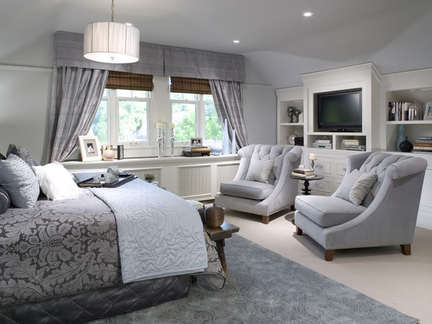 By limiting the patterns and using ample lighting this master suite makes a big impact. (interior designer unknown) By limiting the patterns and using ample lighting this master suite makes a big impact. (interior designer unknown) 9. Kept patterns to a minimum Small patterns in fabric or wall covering even flooring create a sense of busyness. The fewer the patterns the better, unify your flooring with one continuous kind. 10. Use plenty of lighting and keep it low Brightly lit rooms appear large so use task, accent and ambient lighting to illuminate the space and create mood. Lower the source of your lighting to help limit shadows. 11. Organize Choose accessories that help keep the space organize and clutter free such as decorative boxes, jars, canisters. With some well thought-out purchases and style selections your small home can make a big impact. So get excited about your small space and make a big impact, recreate your home for your well-designed life.
1 Comment
|
Destination Design
|

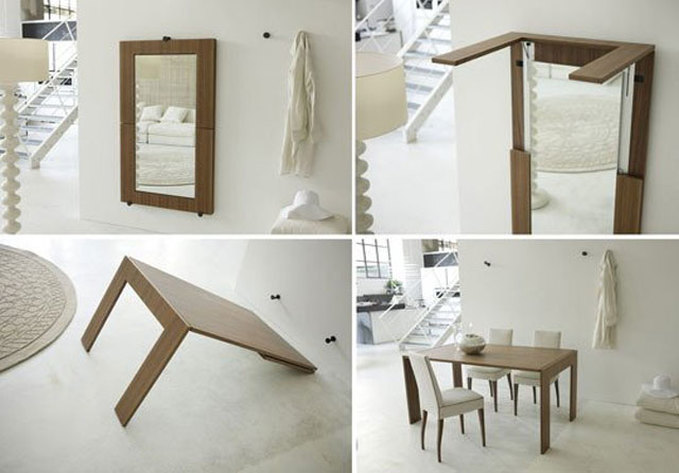
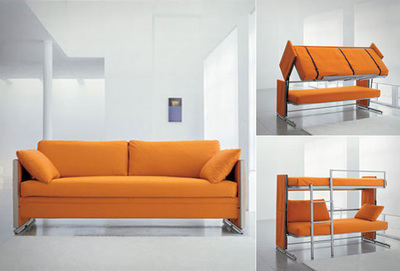
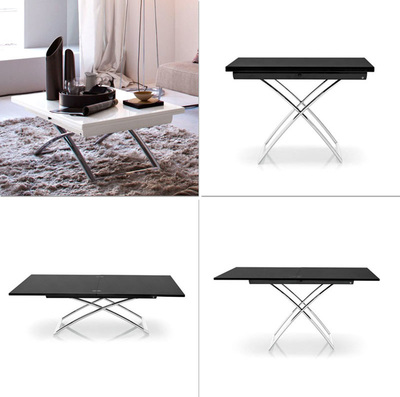
 RSS Feed
RSS Feed
